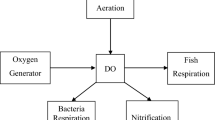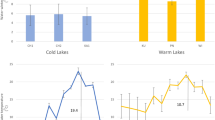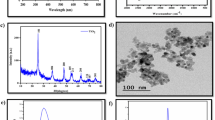Abstract
LITTLE is known of the reasons why freshwater animals are confined to certain habitats, or of the effects of their particular environments on the metabolism of the animals. The first steps in a study of these questions were reported in NATURE, 130, 277 (1932). It has been shown that certain animals living in swift streams have a higher oxygen consumption and rate of heart beat than nearly related animals living in still waters, and that they are less resistant to water lacking oxygen1,2,3. The next step has been to study the oxygen consumption of such animals in terms of the available oxygen, and we have confined ourselves to mayfly nymphs. We have used Baëtis scambus and Baëtis sp. (the latter is one third the weight of the former) from a swift stream, Leptophlebia vespertina from Lake Windermere, Cloëon dipterum from a pond, and Ephemera vulgata living in mud in a pond. Our results are summarized in Fig. 1, in which the vertical line at an oxygen concentration of 7.9 c.c. per litre marks the oxygen content of water in equilibrium with the atmosphere at the temperature of the experiments, namely, 10°.
This is a preview of subscription content, access via your institution
Access options
Subscribe to this journal
Receive 51 print issues and online access
$199.00 per year
only $3.90 per issue
Buy this article
- Purchase on SpringerLink
- Instant access to full article PDF
Prices may be subject to local taxes which are calculated during checkout
Similar content being viewed by others
References
H. Munro Fox and B. G. Simmonds, J. exp. Biol., 10, 67 (1933).
H. Munro Fox, B. G. Simmonds and R. Washbourn, J. exp. Biol., 12, 179 (1935).
R. Washbourn, J. exp. Biol., 13, 145 (1936).
Author information
Authors and Affiliations
Rights and permissions
About this article
Cite this article
Fox, H., WINGFIELD, C. & SIMMONDS, B. Oxygen Consumption of Mayfly Nymphs in Relation to Available Oxygen. Nature 138, 1015 (1936). https://doi.org/10.1038/1381015a0
Published:
Issue date:
DOI: https://doi.org/10.1038/1381015a0



